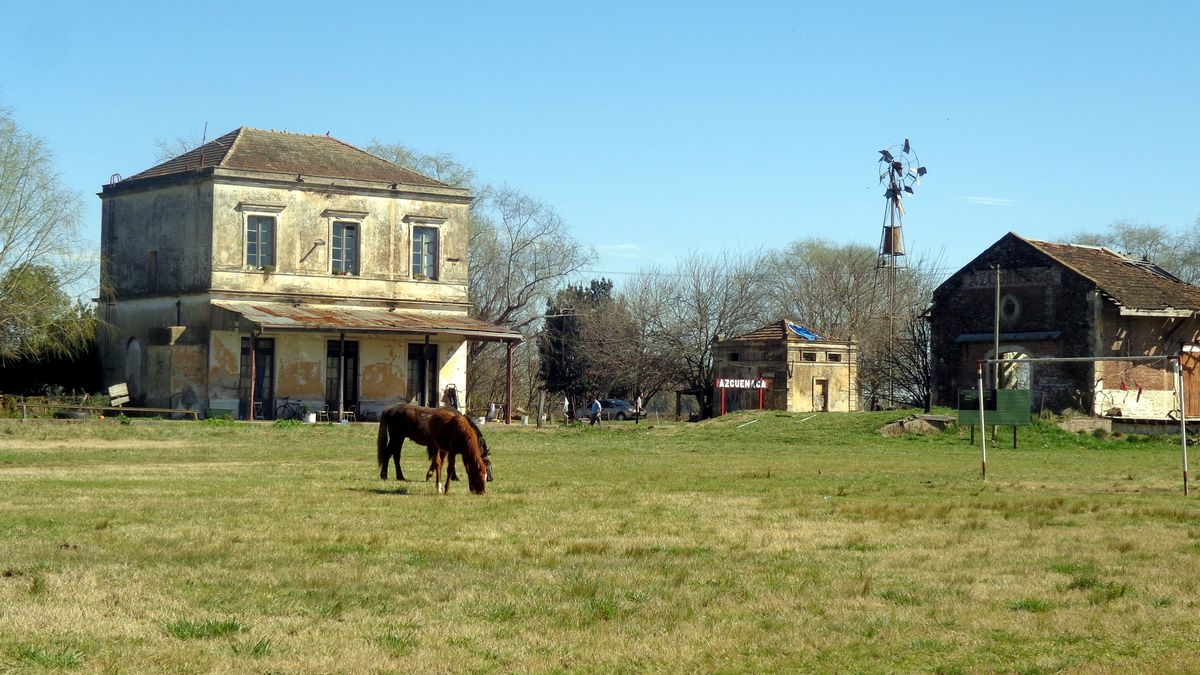Nine sectors registered increases in comparison with a year ago. Likewise, they warn about the impact of drought in the future.
Economic activity improved a slight 0.2% year-on-year, after having grown 3.1% in January, to accumulate an improvement of 1.6% in the first two months compared to the same period last year. This was reported by INDEC in the Monthly Estimator of Economic Activity (EMAE), which remained unchanged in the seasonally adjusted measurement with respect to January.
The content you want to access is exclusive to subscribers.
Compared to the same month of 2022, nine activity sectors that make up the EMAE registered increases in February, among which the most noteworthy are Mining and quarrying (+11.1% yoy) and Hotels and restaurants (+8.6% yoy ).
In turn, the Mining and quarrying sector (+11.1% yoy) was the one with the greatest positive impact on the interannual variation of the EMAE, followed by Real estate, business and rental activities (+2.1% yoy). For their part, 6 sectors of activity registered falls in the year-on-year comparison, with Fishing (-20% yoy) at the top of the record. These sectors subtracted 0.5 percentage points from the interannual variation of the EMAE.
When analyzing the data for February, from the LCG consultancy they pointed out that “although the data does not show a negative variation, the stagnation of February once again shows the difficulty of the economy in recovering the dynamics of greater activity. In the last six months, only one (January 2023) managed to have a seasonally adjusted positive monthly variation”. Meanwhile, regarding what may happen in the coming months, they noted: “During the last four months of 2022 the economy contracted by 2.6%. However, during the first two months of 2023, activity failed to regain strength, so there was not even a rebound effect.”
“On the other hand, we expect the cushioning effect of consumption to be reduced compared to last year, as a result of a very high nominal value that easily delays wages. At the same time, the drought affects mainly through a lower gross added value for the sector, less availability of foreign currency also affecting local production and lower revenue for the fiscal, reducing the ability to exercise a countercyclical fiscal policy”, they detailed.
“Therefore, in view of the adverse effects that the drought is generating and an accelerated deterioration of purchasing power, we understand that the current level of activity will operate as a ceiling for the current year, in which we expect the annual fall to accumulate 3.7% average”, concluded LCG.
From ACM they projected: “Although the activity indicator has remained within positive values, the following months are subject to various variables that can present a challenging outlook. Considering what has already been mentioned about the agricultural sector, it is expected that during the rest of the year (especially starting in the second quarter), there will be a direct impact on related industries and services”.
Source: Ambito




